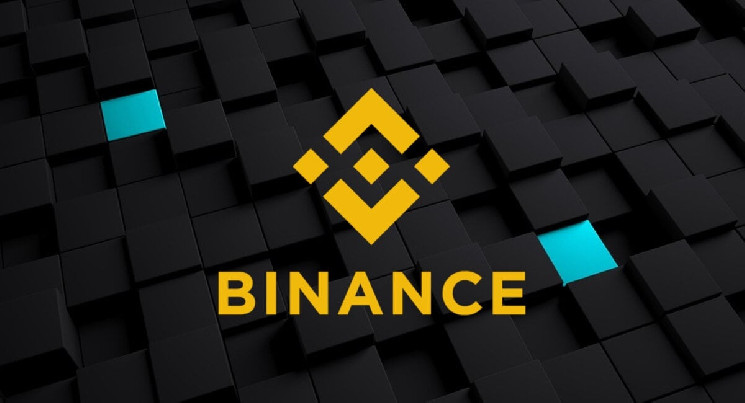In a surprising move, Binance Research, the research arm of cryptocurrency exchange Binance, has published information about the trending ERC404 token standard. The experimental and unofficial token standard has become a trending topic in the crypto space.
According to Binance’s research report, ERC404 aims to combine the features of fungible tokens and Non-Fungible Tokens (NFTs). It allows projects to offer ERC20 fungible tokens and NFTs tied to them. Purchasing one full ERC20 token results in an NFT being minted in the buyer’s wallet. However, if a user owns less than one full ERC20 token, they cannot qualify for NFT.
The impact of ERC404 is two-dimensional. First, it aims to increase the liquidity of associated NFTs by enabling trading through a liquidity pool of fungible tokens. This allows holders to easily sell their tokens on a decentralized exchange rather than listing an NFT and waiting for a buyer.
Secondly, ERC404 aims to achieve local fractionalization within NFT collections, as opposed to fractionalization protocols where an NFT is locked and shares are issued against it.
Binance Research cited Pandora, the first project to use the ERC404 standard, as an example. According to exchange researchers, Pandora is offering 10,000 ERC20 tokens and 10,000 “Replicant” NFTs. Buying a PANDORA token results in the minting of a Replicant NFT, while selling a PANDORA token results in the burning of the Replicant NFT.
The token in question is not listed on Binance and Binance rarely gives the token name. The price of the token Binance mentioned is up more than 35% today and has a staggering market cap of $190 million.
PANDORA price has risen more than 400 percent in recent days.
Binance Research predicts that more projects will experiment with ERC404 in the future, and more platforms will support this technology in various ways through trading, financialization, and other means.
However, the exchange recommended that users do due diligence on their own research, as ERC404 is not regulated and is not an official token standard. According to researchers, this new trend may include smart contract risks or other undiscovered vulnerabilities.
*This is not investment advice.

